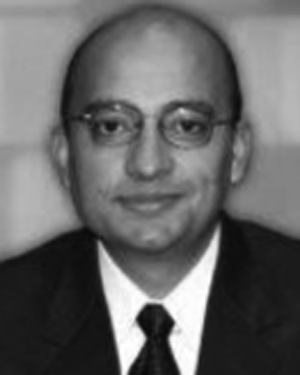In 1881, Morton found that a high-frequency (100-kHz) current could pass through the human body without inducing pain, spasm, or burn [1] . This work was followed in 1891 by d’Arsonval who noted similar observations at a frequency of 10 kHz and noted that the current directly influenced body temperature, oxygen absorption, and carbon dioxide elimination, increasing each as the current passed through the body [2] , [3] . In 1897, Nagelschmidt identified [1] that patients with articular and circulatory ailments benefited from the application of electrical currents, which led to him proposing the term diathermy to describe the heating effect discovered in [2] . In 1900, Rivere, while treating an insomniac patient with electricity observed that a spark arcing from an electrode coagulated an area of his skin and subsequently, used this arcing current to treat a carcinomatous ulcer on the hand of a patient. This event has been cited as the first true use of electricity in surgery [1] , [3] , [4] , [5] . Notwithstanding, many credit the invention of electrosurgery devices in 1926 to William Bovie [6] .


